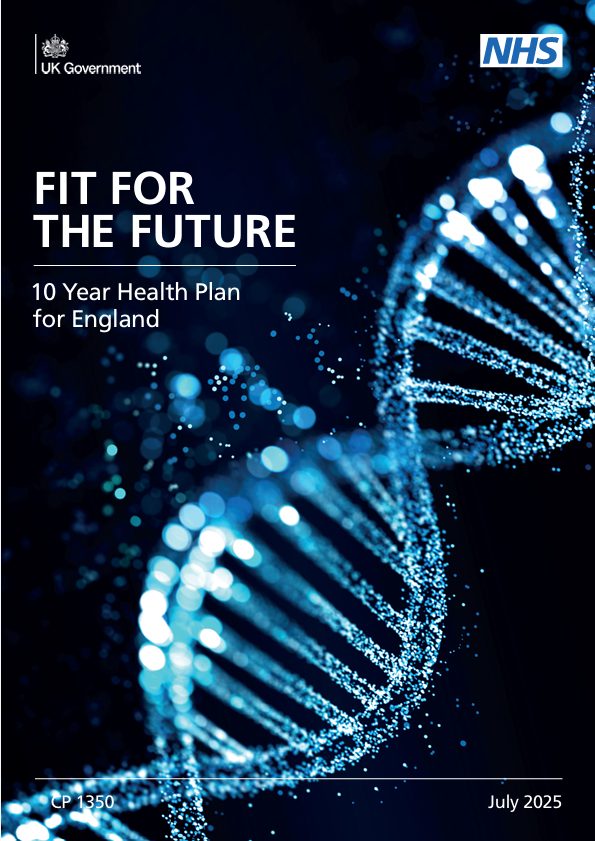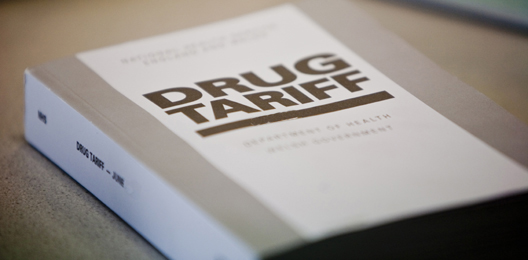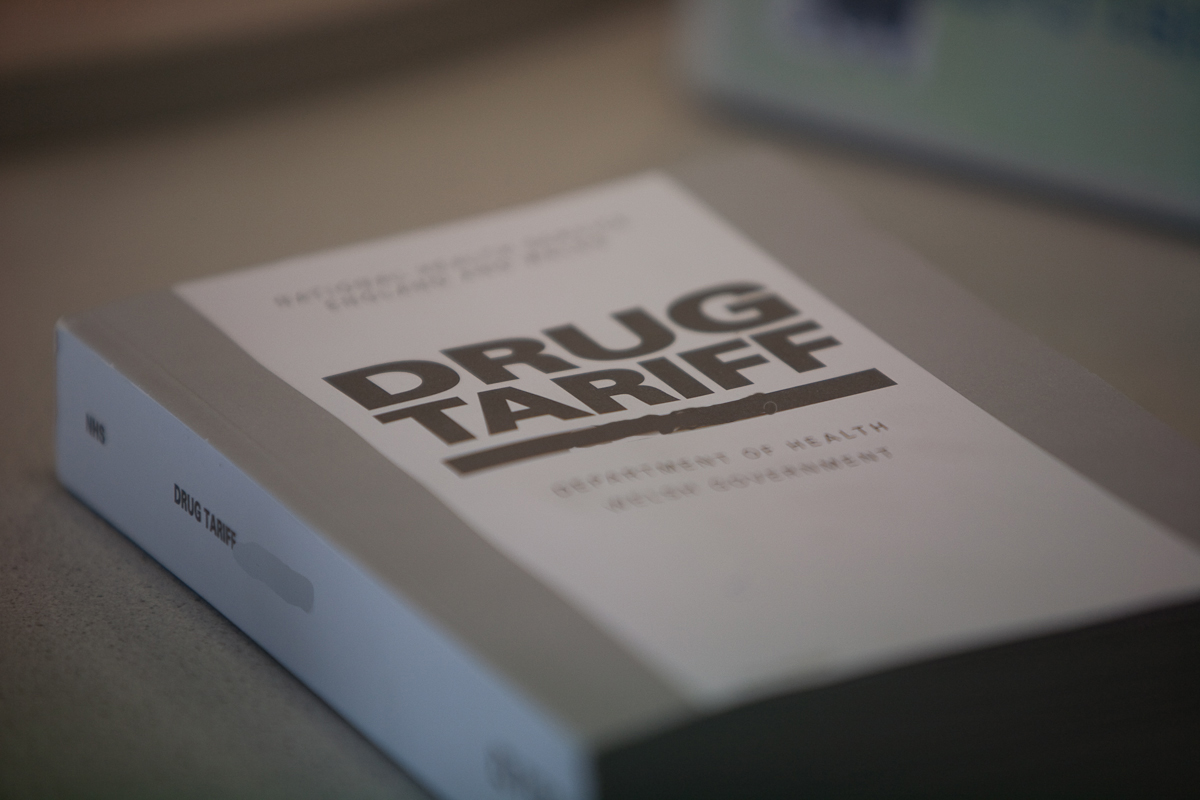Category A
Published on: 2nd April 2024 | Updated on: 3rd July 2025
Products in Category A are readily available licensed generic medicines. Generally, these include low-volume generics that do not meet the qualifying entry criteria for Category M.
Price-setting arrangements
The Department of Health and Social Care (DHSC) sets reimbursement prices for Category A medicines using purchase, sales, and volume data collected under the Health Service Products (Provision and Disclosure of Information) Regulations 2018. These regulations, which have been in effect since July 2018, require manufacturers and wholesalers to provide sales and volume information associated with products purchased for NHS use. DHSC also use the data gathered under these regulations to inform price-setting for Category M medicines. Further information can be found on our Information & Disclosure Regulations page.
Drug Tariff prices for Category A medicines are updated quarterly following the same cycle as Category M (January, April, July, and October). Due to the time taken to gather the data and calculate reimbursement prices, there is a lag in Drug Tariff price-setting. For example, Category A/M reimbursement prices for the July Drug Tariff will be based on information submitted by suppliers between January and March.
Data for all available pack sizes is combined to work out a price per unit, which is used to determine a reimbursement price for the listed pack size in Category A. However, reimbursement prices for Category A products classed as special containers (available in multiple pack sizes) do not follow a price per unit approach – reimbursement prices for special container products are calculated separately for each complete pack size.
The reimbursement prices include an element of medicine margin to allow pharmacy owners to earn medicine margin on the Category A generic medicines they dispense. However, unlike Category M medicines, the margin on Category A medicines is not adjusted to achieve the annual amount of medicine margin agreed under the Community Pharmacy Contractual Framework (CPCF).
Drug Tariff claims allowed for products in Category A
Price concessions – in any given month, if a pharmacy owner is unable to purchase a particular Category A medicine at or below the published Drug Tariff price, a price concession application can be requested for this in the usual way. We encourage pharmacies to report any problems obtaining a Part VIII product at or below the listed Drug Tariff price, using the online feedback form on Community Pharmacy England’s website.
Broken Bulk – Broken bulk may only be claimed for those medicines in Category A whose smallest listed pack size has a price greater than or equal to £50. Pharmacy owners should only claim Broken Bulk (by endorsing ‘BB’ and pack size used) where it is unlikely that they will be able to dispense the residual balance again within six months.
Out of Pocket expenses – out of pocket expense claims cannot be made for any generically prescribed medicine listed in Category A of the Drug Tariff.
Click on a heading below for more information.
Prior to April 2024, the Secretary of State determined the monthly prices for products in Category A to be the average of the list price (calculated for the pack size listed in the Drug Tariff) weighted by the following four manufacturers and suppliers: AAH Pharmaceuticals Ltd, Alliance Healthcare (Distribution) Ltd (each with a weighting of 2), Teva UK Ltd and Accord-UK Ltd (each with a weighting of 1) on or before the 8th of the month being reimbursed. A product had to score 4 in the weighted formula to be considered for Category A.
Following a public consultation in 2019, changes to Category A reimbursement were introduced as part of a series of drug reimbursement reforms proposed by DHSC. DHSC wanted to move away from the weighted method described above as they believed that supplier list prices do not reflect actual selling prices to pharmacy owners by the manufacturers and wholesalers. Furthermore, DHSC was aware of instances where the supplier had multiple price lists, did not produce price lists, or used the Category A reimbursement price in the Drug Tariff as their list price. Typically, these issues resulted in reimbursement prices being significantly higher than actual selling prices.
Ministers opted to proceed with making the changes to Category A price-setting arrangements by using actual sales and volume data obtained by DHSC under the Health Service Products (Provision and Disclosure of Information) Regulations 2018. DHSC’s decision was primarily focused on an ambition to equalise access to margin on Category A medicines. DHSC also believed the changes would improve value for money for the NHS and the taxpayer. These new arrangements for the setting of Category A reimbursement prices were imposed by the DHSC.
Transition period
Between April 2024 and June 2025, a transition period was implemented with Category A reimbursement prices determined using a variable weighting of the old and new methods each quarter. During the transition period, the reimbursement price-setting approach moved further away from the use of supplier list prices towards the use of actual sales and volume information submitted by suppliers as set out in the table below:
Table 1
| Quarterly cycle for price-setting | Old weighting system based on the weighted average of list prices of four suppliers | New weighting system based on information obtained under the Health Service Products (Provision and Disclosure of Information) Regulations 2018 |
| April 2024 – June 2024 | 85% | 15% |
| July 2024 – September 2024 | 70% | 30% |
| October 2024 – December 2024 | 50% | 50% |
| January 2025 – March 2025 | 30% | 70% |
| April 2025 – June 2025 | 15% | 85% |
| July 2025 onwards | 0% | 100% |
During the transition period, the old methodology for price-setting used a weighted average of the list prices of the following suppliers: AAH Pharmaceuticals Ltd, Alliance Healthcare (Distribution) Ltd, Teva UK Ltd and Accord-UK Ltd on or before the 1st of the month, one month before the start of the next quarterly cycle for price-setting, as set out in Table 2 below. In the weighted formula, AAH Pharmaceuticals Ltd and Alliance Healthcare (Distribution) Ltd prices had a weighting of 2, the list prices from the other suppliers had a weighting of 1.
Table 2
| Time period | Cut-off date for use of list prices applied under old weighting system |
| April 2024 – June 2024 | List prices from on or before 8th February 2024 |
| July 2024 – September 2024 | List prices from on or before 8th May 2024 |
| October 2024 – December 2024 | List prices from on or before 8th August 2024 |
| January 2025 – March 2025 | List prices from on or before 8th November 2024 |
| April 2025 – June 2025 | List prices from on or before 8th February 2025 |
| July 2025 onwards | End of transition |
Following the end of the transition period in July 2025, Category A reimbursement prices are now solely based on data from suppliers obtained under the Health Service Products (Provision and Disclosure of Information) Regulations 2018.
| Category A | Category C | Category M | |
| Products included | Readily available licensed generic medicines (low volume) | Not generally available as a generic (or does not meet qualifying criteria for Category A or M) and their price is based on a particular brand or manufacturer. | Readily available licensed generic medicines (high volume) |
| Price-setting approach | Based on sales and volume information obtained under the Health Service Products (Provision and Disclosure of Information) Regulations 2018. | Based on list price of particular brand or manufacturer. | Based on sales and volume information obtained under the Health Service Products (Provision and Disclosure of Information) Regulations 2018. |
| Frequency of price changes | Quarterly (Jan, Apr, Jul, Oct) | Monthly | Quarterly (Jan, Apr, Jul, Oct) |
| Broken Bulk eligibility (excluding special containers) | If necessary for products with smallest listed pack size of £50 or over. | Yes | If necessary for products with smallest listed pack size of £50 or over. |
| Out-of-pocket expenses eligibility | No | Yes | No |
Q. Does the change to Category A reimbursement lead to more price concessions?
A. Community Pharmacy England is concerned that using lagged data for price-setting and moving to less frequent price updates for Category A medicines could increase price volatility and potentially result in dispensing at a loss. However, DHSC’s position is that if a pharmacy owner is unable to purchase a particular Category A medicine at or below the Drug Tariff listed price, a price concession application can be requested for this. We encourage pharmacies to report any problems obtaining a Part VIII product at or below the stated Drug Tariff price, using the online feedback form on Community Pharmacy England’s website.
Q. Can Broken Bulk claims be made for medicines listed in Category A?
A. If necessary, Broken Bulk may only be claimed for those medicines in Category A whose smallest pack size has a price greater than or equal to £50. Pharmacy owners should only claim Broken Bulk (by endorsing ‘BB’ and pack size used) where it is unlikely that they will be able to dispense the residual balance again within six months. Further information on Broken Bulk can be found here.
Q. Can Out-of-Pocket expenses be claimed on medicines listed in Category A?
A. No, out-of-pocket expense claims cannot be made for any generically prescribed medicines listed in Category A of the Drug Tariff. Further information on Out-of-Pocket expenses can be found here.
Related links
View the update on the NHSBSA website.
Briefing 006/24: Category A drug reimbursement reforms FAQs
Read Community Pharmacy England’s (formerly PSNC) response to DHSC’s 2019 consultation on drug reimbursement reforms here.
For more information on this topic please email comms.team@cpe.org.uk












